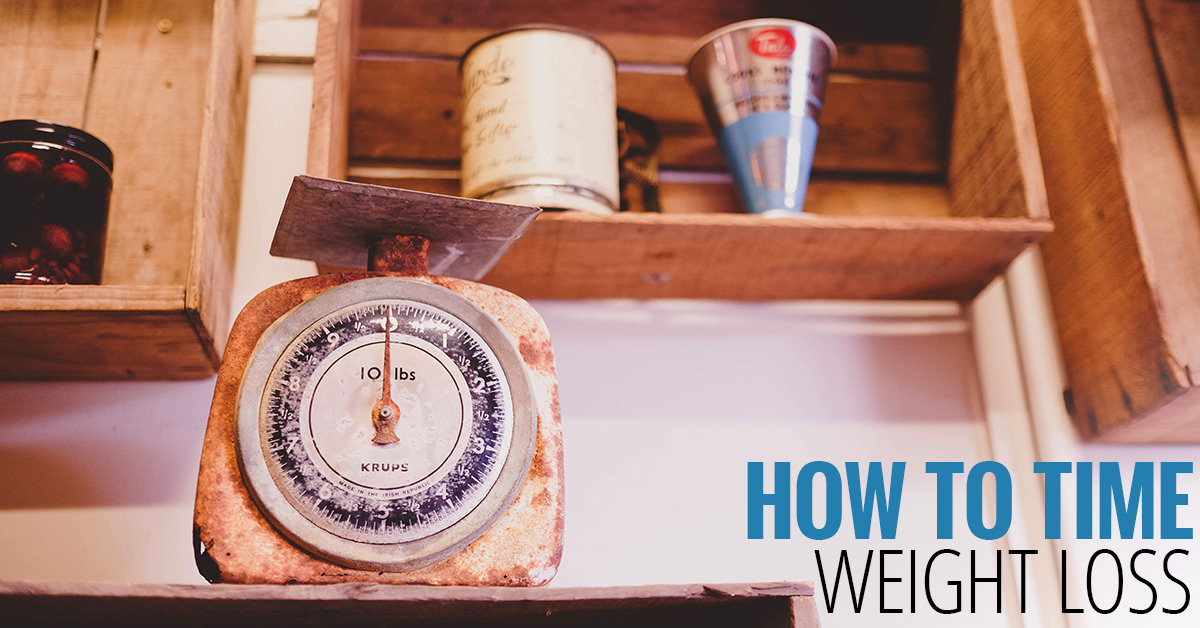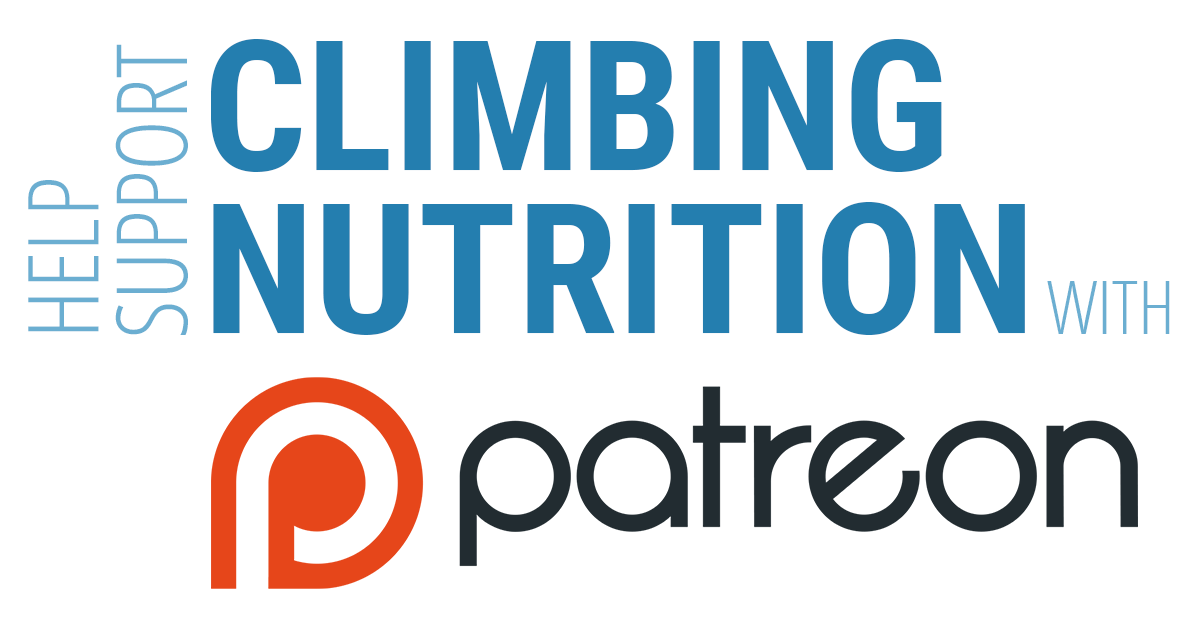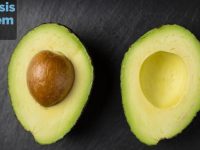If your goal is to “get lean” and you have only a small-to-moderate amount of weight to lose (less than 5-10% of your total weight), then you shouldn’t approach weight loss as a year-round endeavor. Rather, you should approach it as a single phase in your yearly training cycle so as to not interfere with your other goals that may (and likely do) benefit from having calories to spare.
But what’s the best time to lose weight? If you’re dedicated, you may already have a carefully laid-out plan that doesn’t currently include time for weight loss. Even if you don’t, you may find it mentally challenging to dedicate an entire month or two just to weight loss, not to improving your skills or strength. Thankfully, you don’t need to throw your plans away or commit to weeks of mindless cardio—you can fold weight loss right into part of your training.
Mixing Weight Loss and Training
There are a couple of training-related downsides to the calorie cutting involved in all forms of weight loss.
First, when you limit calories, you limit the fuel necessary to build new muscle tissue and gain strength, which means mixing weight loss with a strength phase is out. Yes, you can still gain neuromuscular strength—the type that comes from making your muscle fibers more efficient—but to limit yourself to only a portion of your potential gains in strength is wasteful. You’ll get much more from your training if you allow your muscles to physically adapt to the stresses you throw at them, not just neurologically adapt.
Second, any limitation in calories is a limitation in available energy, and that can lead to earlier onsets of fatigue during a training session. For low-intensity (e.g., pure cardio) workouts, you may not notice this limitation as fat is the primary fuel—but for climbing, which relies to a large extent on the anaerobic energy systems, you may find yourself pumping out faster or just feeling gassed sooner. If you can’t climb or train as hard and long as normal, you won’t get as good of results.
So when should you mix weight loss with training? Provided you don’t have the time to do weight loss on its own, then I advocate combining it with either your power phase or skills phase.
Neither of these two phases have strength gain as the predominant goal. Power phases are all about training your current muscles to work more explosively, which is 100% neuromuscular. Skills phases are designed to improve technical ability, and often focus on climbs that are more mentally demanding rather than physically demanding. Since the goal of these phases is not to train long and hard in order to gain strength—power workouts tend to be short and intense, while skills workouts can vary in length but tend to be lower in intensity—mixing in a weight loss goal as well only minimally affects their outcomes.
That being said, there are a few caveats:
- Using the muscles powerfully requires anaerobic energy, and it’s easy to contract your glycogen pool (one of the anaerobic energy sources) by removing too many carbs from your diet.
- Caloric deficits can lead to mental and physical fatigue, making it hard to find the motivation to exercise.
- Low calorie diets can at times lead to brain fogginess, decreasing your acuity while practicing skills and potentially limiting your learning.
These caveats can be overcome through planning, though. For example, by timing your carbohydrate consumption in and around your exercise, you can maximize the amount of anaerobic energy available during exercise and that gets stored as glycogen afterwards, and you can limit fatigue by not overdoing your caloric deficit in an effort to lose weight faster.
When’s the Best Time to Lose Weight?
If you already have a plan set up, then this question may not be relevant. If you’re starting from scratch, however, then we can guide you towards better timing in the context of your year in climbing.
For the purpose of this question, we’re assuming that there is one important event or time (or a clustered few) in your climbing year. For example, it could be the in-season at your favorite crag, or it might be a big climbing competition. Whatever the event, this is what we’re planning around.
Many climbers think that it’s best to be as light as possible before their big event, and put extra effort into weight loss in the weeks proceeding the event. Really, though, you want to be as strong as possible before the event and not worry about the scale. Therefore, weight loss should come many months before any big event.
If we were to break the phases you should go through in preparation for an event, we would lay them out as follows:
- 5-6 Months Before: Lose weight; Reach peak leanness.
- 1-4 Months Before: Train hard; Maximize strength.
- 0-1 Month Before: Maintain strength and weight; Some minor body recomposition (lose fat, gain muscle) is possible.
Basically, you should maximize your strength-to-weight ratio by focusing on weight first and strength second—that way when the event comes you are well-fed, mentally sharp, and have the energy to give it your all.
Of course, there is another half year during which you can throw your weight loss phase into as well, and you can even dovetail the two concepts discussed in this article together—for example, by planning your year to proceed “Event (2 months)–>Recovery (1 month)–>Endurance (2 months)—>Skills (1.5 months)–>Strength (2 months)—>Power w/ Weight Loss (1 month)—>Strength (1.5 months)—>Maintenance (1 month)–>Event (2 months)”.
Yes, there are 14 months in this hypothetical year, but it’s so you can more easily see how the year flows; the “event” portion only happens once. Also, the above schedule is just an example; I’m not a trainer and don’t have experience setting up an effective training schedule for climbing—but you should be able to use the above as an example of where you might include a weight loss phase.
Summing Up Weight Loss Timing
Losing weight doesn’t need its own dedicated phase in your yearly training cycle (though it certainly can have one), but you do need to be smart about where you mix it in. Mixing it with a strength or endurance phase will lead to poor results. Mixing it with your event stage could be disastrous. You can, however, mix it with a power or skills phase with success.
Furthermore, you should always plan to lose weight many months before any big planned event, because unless it’s a physique competition that will judge you highly on your body fat percentage, you’ll find that total strength matters more than overall leanness. That means cutting fat first, then maximizing strength, and finally coasting (maintaining) in order to be at peak strength and motivation when the big event arrives.
As a final admonition—and one I state frequently—be reasonable about your weight loss. If you’re at a healthy weight, but just want to cut a little fat, then keep in mind that it doesn’t have to be all in one go. Just like you might have long-term climbing goals that you won’t realistically achieve in a single year, it’s okay to make your physical goals (body fat percentage, total muscle mass, overall weight) longer-term as well. Rome wasn’t built in a day, and Chris Sharma’s strength and physique similarly took years to build.
The Article Itself Is Officially Over—but If You Have a Moment, Please Consider Supporting Climbing Nutrition on Patreon!
I started a Patreon campaign to help fund an ever-improving Climbing Nutrition! As I mentioned in my official release letter last week, I won’t make a habit of ending every single article with a call-to-action like this—but since the campaign is still so new, I’m going to mention it for the next few articles.
A long time ago, right before I started my master’s degree in Nutrition, a climbing coach I greatly admire told me that if I really wanted to make a difference, I should go into public policy instead. I didn’t really understand at the time, but as I’ve practiced nutrition on my own, seeing a single client at a time, I’ve realized what he meant. Though it’s not quite public policy or public health, it’s why I want to invest more time and money into this website, and it’s why I run Climbing Nutrition as a forever free, science-based, online nutrition resource—so I can help all climbers be stronger and healthier, not just the ones who personally hire me.
I didn’t start a Patreon campaign because I can’t make write articles without funding (I can), and I didn’t start it because I won’t be able to continue without it (I will)—I started one because of the many things I want to do with the website that are currently outside of my budget. And I chose to use Patreon as the means for funding because it’s completely up to you whether you want to contribute or not. Regardless of whether you can or want to help this site, you’ll reap 100% of the benefits; and if you do help, you help thousands more who cannot!
That being said, I do hope you’ll consider supporting Climbing Nutrition. You can get more information about the campaign (and what I’ll use the funding for) on my Patreon page here, or if you’ve heard enough already and are willing to pledge a dollar or a few each month (thank you!) then you can do so directly here.
Yours sincerely,
Brian















